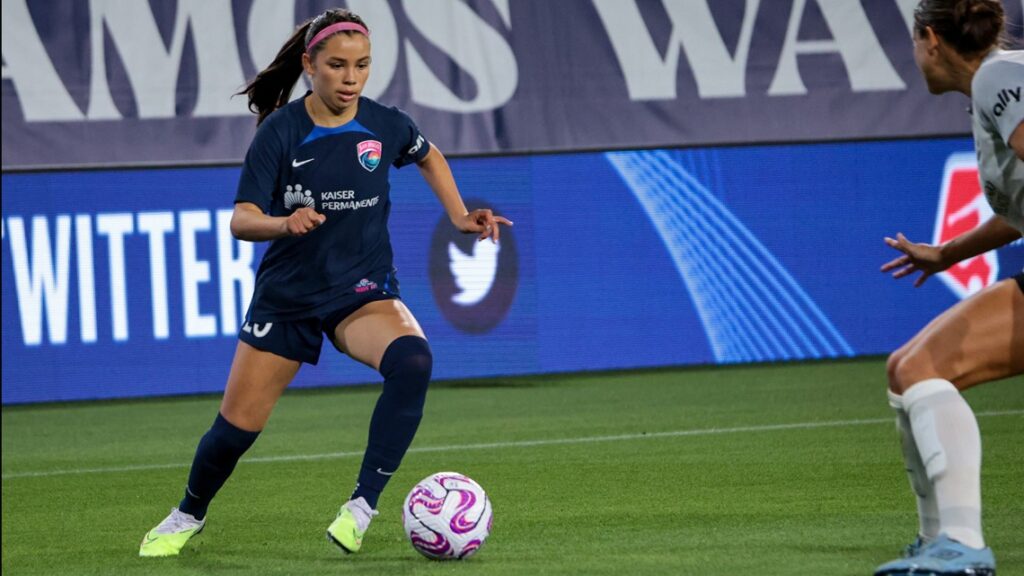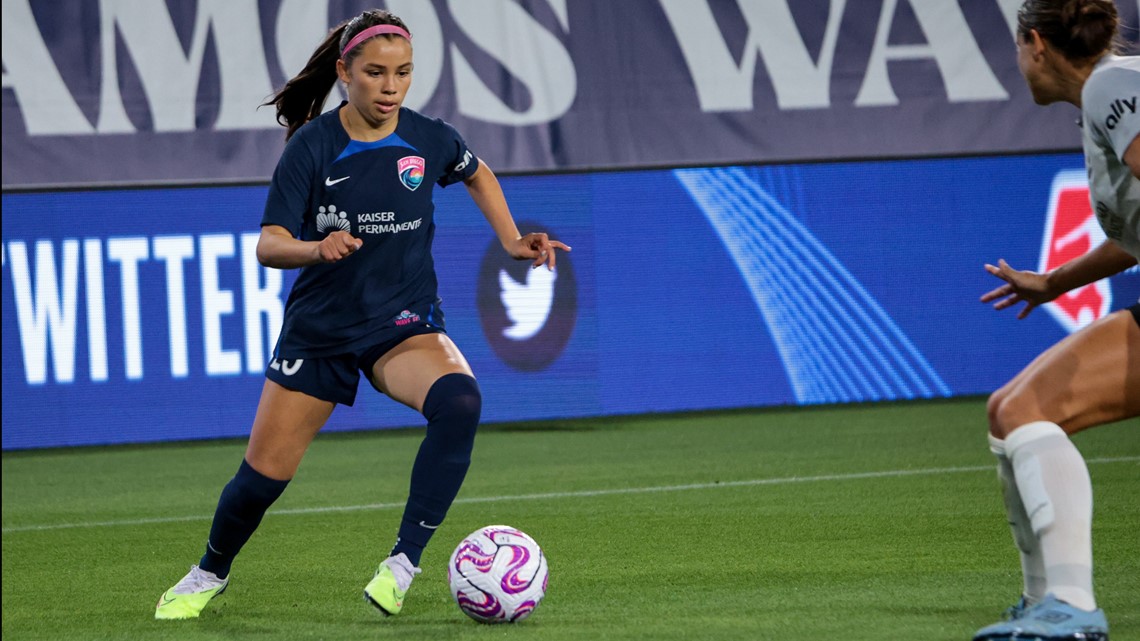Most fifteen-year-old athletes travel at most two to three hours for their sports, playing for a high school and a travel team. Only seven percent of these high school athletes will end up continuing their sport at a higher level, and fewer than two percent of college athletes play in a professional league. However, for teens like Melanie Barcenas, it is a different story.
Barcenas became the youngest person ever to play in the National Women’s Soccer League (NWSL), America’s highest league for women’s soccer, this past April. At fifteen, she was younger than the previous record holder by 108 days. But Barcenas isn’t the only incredibly young player in the NWSL. Chloe Ricketts, Jaedyn Shaw, and Alyssa Thompson have all made a splash in the league, forgoing a traditional path of college soccer, and signing professional deals at shockingly young ages.
The US has been dominating women’s soccer across the world for many years and it is no surprise that even young players can keep up in the big leagues. However, the path toward allowing them to join wasn’t easy. Olivia Moultrie was the youngest player in the NWSL when she signed with the Portland Thorns and had to fight the league in court for her right to play, and the right for other players under the age of 18. Since then, it has become easier to go professional as a minor.
There are still valid concerns about forgoing the traditional path to going professional. Many wonder if the pressures put on these teenagers will lead to unhealthy behaviors or burnout. Also, playing at professional levels without the proper care and forethought can cause injuries or other physical damage. College is also a pivotal part of most athletes’ lives and helps them grow as players and as people.
However, these players are not the first to join professional leagues or teams as teenagers. Lindsey Horan was one of the first American women’s soccer players who skipped college and signed with a professional club, Paris Saint-Germain. She did this despite receiving an offer from one of the top colleges in the nation for women’s soccer, the University of North Carolina (UNC Chapel Hill).
For soccer players in Europe, this is often the only path available. Most European universities don’t offer official sports teams, so it is incredibly common for players wanting to make it to professional leagues to skip the step of attending college. European clubs also have academy systems, so they have teams at every age level and players rise up through the years hoping to make the first team, or the club’s main, professional team.
This also means that for young players talented enough to make appearances at the highest level, they practice and play games with other players that could be up to around thirty years old. Teenagers and adults have different needs and responses when it comes to intense training, so for players like Melanie Barcenas, training and playing with the top teams in the club could be taxing and harmful to their still-developing bodies.
Even so, the fact that these players can train at such advanced levels has a lot of benefits for their growth. NWSL clubs and the league can gain from having young, home-grown players that will further the level of competition. While the various concerns have some validity, many believe that we should simply let these girls play.


